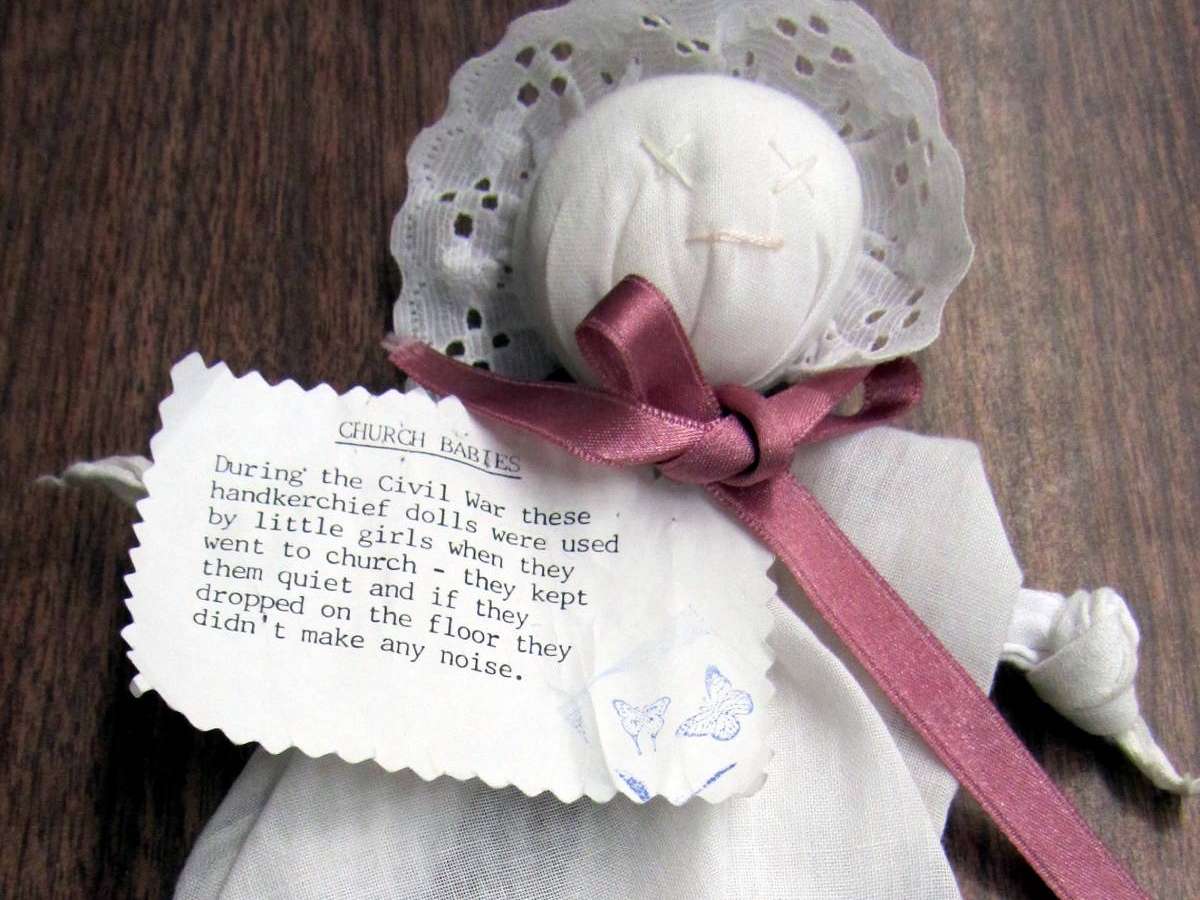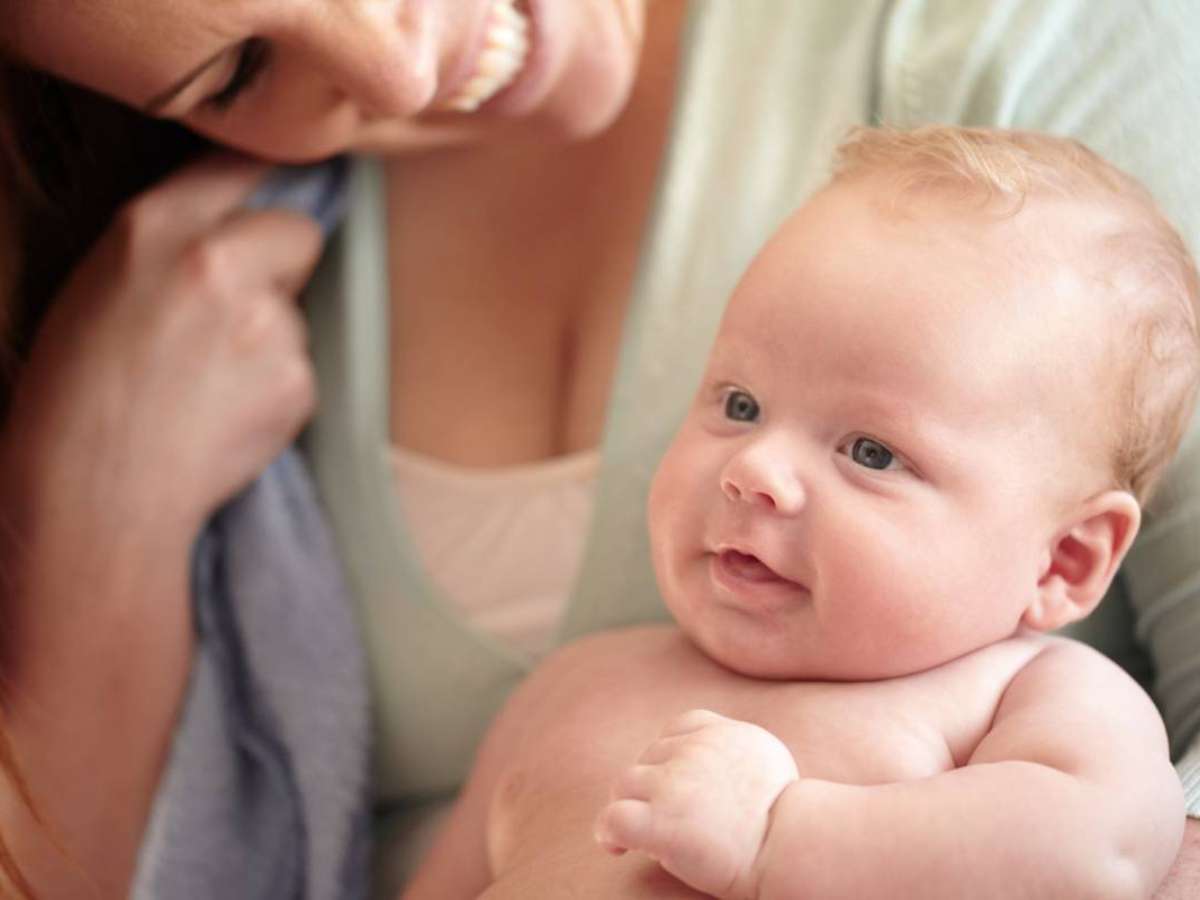Your doctor can tell precisely what position your baby is in.
However, it’s not always so easy for the mom-to-be to tell which position her baby is in at any given moment.

As you progress farther along in your pregnancy, it will become easier to determine your baby’s position inside the womb.
You will start to notice some “signs”.
What Position Is Your Baby In Right Now?
Here’s how to determine the position of your unborn baby yourself:
#1 – If your belly and navel pop out and/or you feel kicks under your ribs, chances are your baby is in the anterior position, with his or her back facing your front.
#2 – If your belly appears slightly flatter and/or you feel your baby’s kicks at the very front of your tummy, your baby is probably in the posterior position, with his or her back next to your back.
#3 – If you feel a lump near the top of your belly (usually on one side or the other) push lightly on it. Then:
- If you feel the whole baby move, he or she is most likely head down, meaning you pushed on the baby’s bottom.
- If the lump you feel moves by itself, without the rest of the baby’s body re-situating inside your belly, then that lump is probably the baby’s head, which moves independently of the rest of the baby’s body.
#4 – If you feel your baby’s hiccups lower in your belly, then the baby is head down.
#5 – If the baby’s hiccups are higher up in your belly, or even above your belly button, then your baby is most likely head up.
#6 – If the baby is kicking above your belly button, he or she is head down and in a good position for labor and birth.
#7 – If you’re feeling extreme abdominal and rib pain, and you’re in the later stages of pregnancy, then your baby is probably head up with his or her head close to or under your ribs. If you don’t have this pain, your baby is probably head down, not breech.
#8 – Using a fetal stethoscope (or even a toilet paper roll), have your partner listen for your baby’s heartbeat. Then:
- If the baby’s heartbeat is low in your belly, the baby is head down.
- If the baby’s heartbeat is either level with or above your belly button, the baby is head up.

Unborn Babies Move A Lot!
Keep in mind, most babies are fairly active inside the womb and they turn a lot — even during labor.
So, chances are, whatever position your baby is in now will not be the same position he or she will be in a few hours from now.
Keep in mind, it’s not until the middle of your pregnancy that you will begin to experience this quickening (or your baby’s first fetal movements).
This is a must-see video of baby moving around inside mommy’s belly:
Typical Baby Positions Inside The Womb
To give you an idea, the most common positions that babies assume in the womb are:
- Optimal position — the baby’s head is down and the baby is facing the mother’s back. This is the optimal and most common birthing position
- Occiput or cephalic — the baby’s head is down, and the baby is facing the mother’s abdomen. This position results in back pain and a prolonged labor.
- Transverse — the baby is lying crosswise in the uterus, side-to-side over the mother’s pelvis, in a horizontal position rather than vertical. Usually, the baby’s head will be tilted more toward one side of your pelvis or the other and the baby’s shoulder will be pointing toward the birth canal.
- Complete breech — the baby’s head is up, so his or her bottom will enter the birth canal first. Both the hips and the knees are flexed (or bent).
- Frank breech — the baby’s head is up, so his or her bottom will enter the birth canal first. The hips are flexed (bent), while the the knees extended straight out.
- Footling breech — the baby’s head is up, and one or both of the baby’s feet are pointed down toward the birth canal.
MUST READ: Baby Positions In The Womb: What Each One Means
So now you know a little about the baby positions prior to delivery. Next, we’ll talk about what you need to know if your baby is in the breech position.
What If Baby Is In The Breech Position?
The good news is there is no reason to become stressed if your baby is breech (or not head down) even during the late stages of pregnancy — because most breech babies turn just before the pushing stage during labor.
As long as you’ve been getting regular check-ups and following your doctor’s advice throughout the pregnancy, then you have nothing to worry about.
When the time comes to deliver your baby, your doctor will know what is best for you and your baby and if a cesarean section is necessary or not.
More About Fetal Baby Positions
In addition to the links I’ve included above, here are some other resources to help you learn more about the different baby positions inside the womb:




